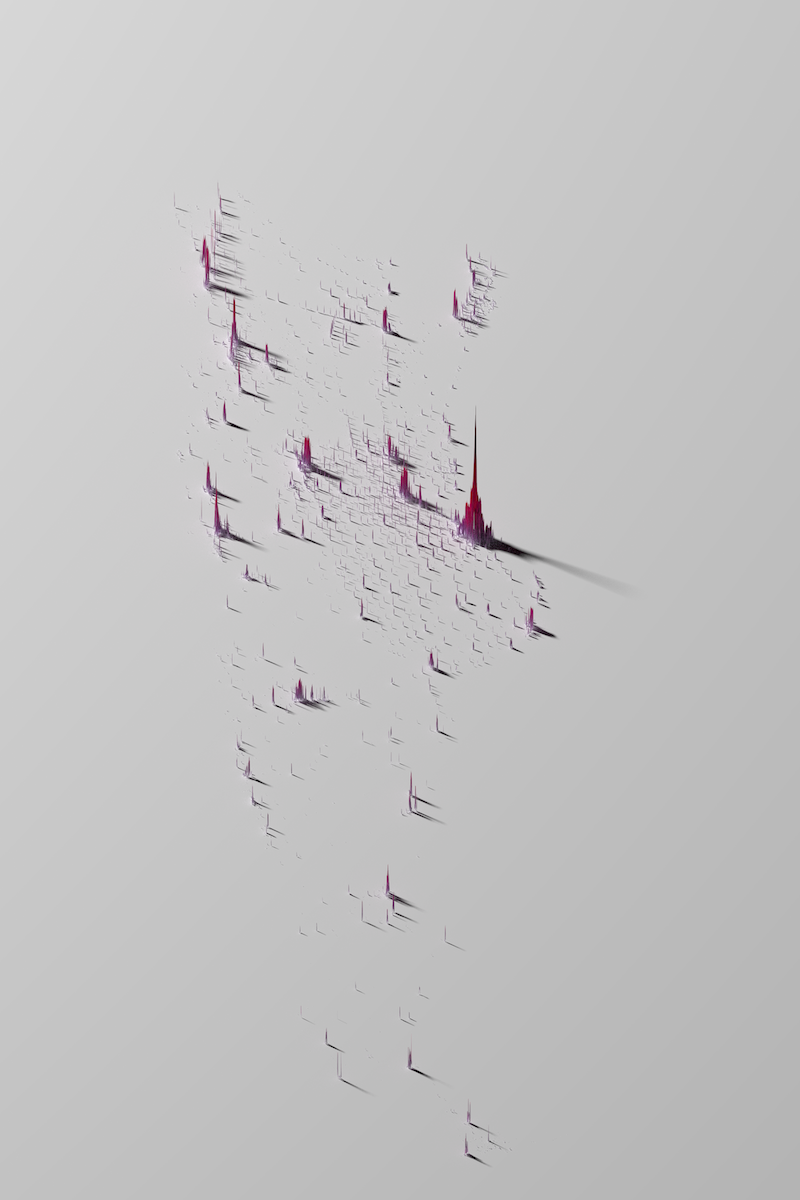Nothing is built on stone, all is built on sand, but we must build as if the sand were stone.– Jorge Luis Borges
The vast, fertile plains of the Argentinean Pampa led British officer Francis Bond Head to remark that “the country has no striking features, but it possesses like all the works of nature, ten thousand beauties.”, when he traveled through the Argentinean Pampa in the 1800s. European immigration into the Pampa intensified soon after – thanks to large amounts of farm land and government-sponsored schemes for settlers to start farms.
As part of these programs, the Argentinean government supported the development of railroads, aiming to ensure that no farm would be more than 20 kilometers from a train station and leading to numerous boom towns being incorporated across the Pampa in the places where new stations were being built. But, with a shift from transport – freight and passenger – from rail to road, many of these train lines stopped their service starting in the 1930s. This change in transportation, alongside the general growth in industrialization led to many of these former boom towns shrink to become small hamlets, as people moved to larger and more connected cities.
Evidence for the impact of the railroad development – and the subsequent boom town creation – can still be seen by looking at population maps like the ones above. This is particularly striking when zooming into these maps, such as moving from the map of Argentina to that of the province of Santa Fe or even further, zooming into the department of General López – where many of our photos were made. Then, we can clearly see those settlements that vary in size but occur in very regularly spaced intervals, sometimes appearing as (almost) straight lines running across the maps.
Today, many of these villages are at the risk of becoming extinct. Which doesn’t keep the remaining population from taking pride in and celebrating their homes in bespoke ways, letting travelers passing by know about their existence through artisanal town signs, gates and other structures, such as the now repurposed train stations that serve as museums or cultural centers that teach traditional dances & arts.
Through our ongoing work on “as if the sand were stone”, we aim to document some of these towns, villages & hamlets across the Pampa alongside their “ten thousand beauties” and how their sense of place shifts and adapts as the world around them evolves.


